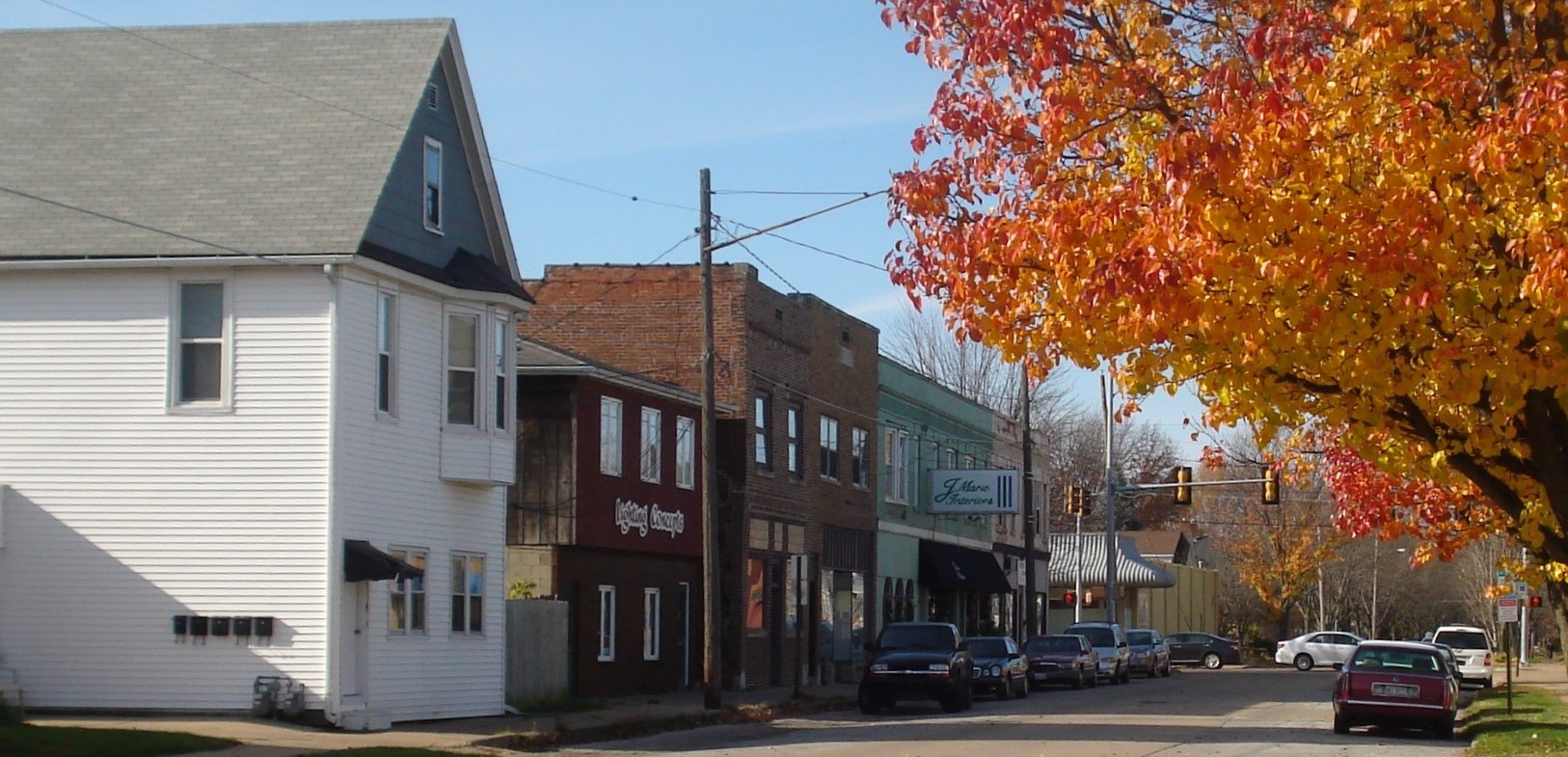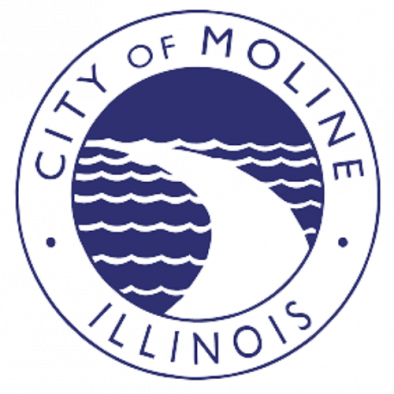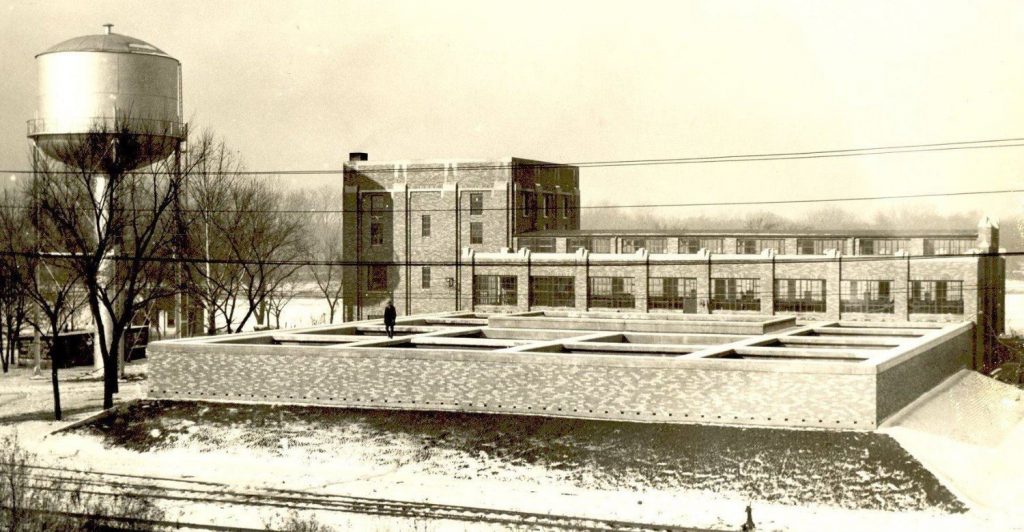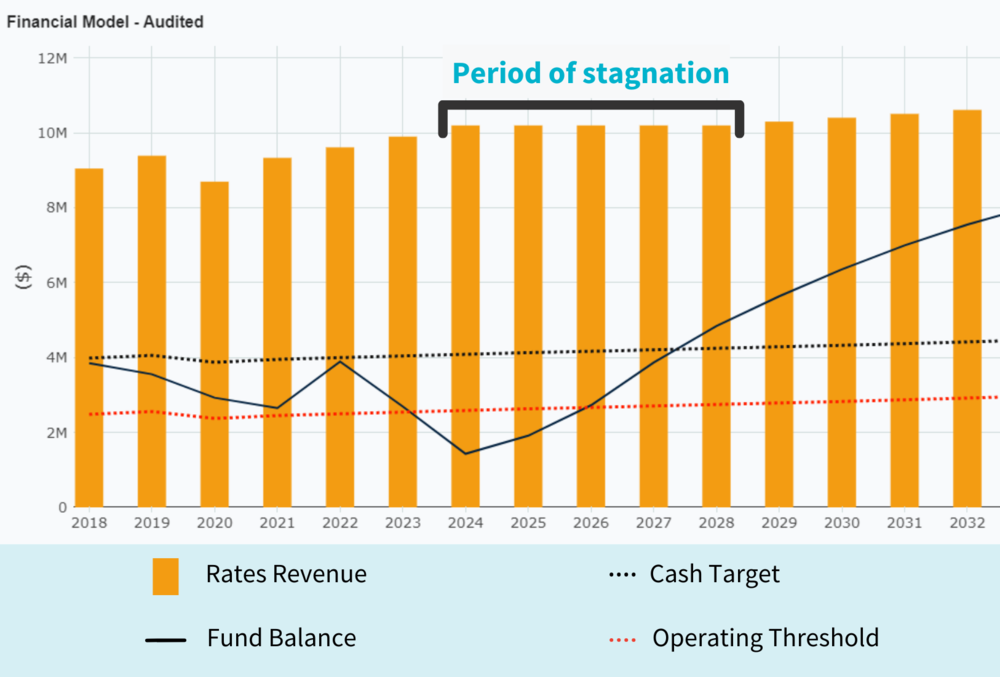Moline, IL Case Study

Forecasting a Lead & Copper-Free Future
The City of Moline is a mid-sized community in Illinois, right on the Mississippi River, near the Iowa border and 3 hours from Chicago. The City had gone nearly a decade without any increases to water rates, and this was threatening their fund balance. A 2014 water rate study by an outside firm indicated that significant increases were necessary in order to catch up. A hesitant council influenced the utility department to search for a way to assure the council on the need for these increases — and abide by strict new EPA lead & copper guidelines.
Moline’s experience, in their own words
Customer since 2018 | Population: 45,000
CHALLENGES
- Infrastructure capacity is in excess of city’s needs
- Hesitancy from council
- Additional costs to meet Illinois’ Lead and Copper ruling
- Creation of new plans to meet EPA regulation criteria
RESULTS & BENEFITS
- Regionalization to capitalize on excess infrastructure
- In-house tool gave city council confidence in utility staff
- Utilizing financial forecasting to receive State Revolving Funding
BACKGROUND
The City of Moline is a mid-sized community in Illinois, right on the Mississippi River, near the Iowa border and 3 hours from Chicago. Tony Loete has been with the City for over 30 years, working his way from a Water Meter Reader, to General Manager, and finally to the current Director of Utilities in 2021.
The City had gone nearly a decade without any increases to water rates, and this was threatening their fund balance. In 2014, a water rate study by an outside firm indicated that significant increases were necessary in order to catch up. This plan included a series of 5% increases each year, for 4 years, and an additional 4% increase in year 5, concluding the series in 2019. In the middle of this series of increases, Loete was promoted to Utilities General Manager, and the team knew they had to start planning for what the utility’s cash flow would look like after 2019, and in a way that would give their council confidence.

MOVING AWAY FROM EXPENSIVE OUTSOURCING
By 2019, these rate increases had improved the utility’s financial solvency, but they needed a long-term plan to remain financially sustainable. Previously, the City had always contacted an outside firm to deliver a rate study, which cost them tens of thousands of dollars. And when it came to updating that in-house, “We had a spreadsheet that was leftover from the previous rate studies that were done by the outside firms. Really complicated, complex spreadsheets that we had attempted to use to some degree,” Loete notes. “And as time went on, as the organization changed, those spreadsheets became obsolete and irrelevant and just didn’t serve any purpose to us anymore.”
Their data needed to reflect current conditions to help elected officials make better-informed decisions. The department began searching for a cloud-based, in-house tool and landed on Waterworth. “We used Waterworth for creating basic financial models for the three utilities: water, wastewater, and stormwater… Previously, we relied on the outside consultant to provide us with data to make decisions on, and by us actually performing and executing the models with the help of and support of the Waterworth team, we were able to do that work ourselves.”
Being able to analyze rates, monitor their financial forecast in-house, and present data-driven results allowed a hesitant city council to have great confidence in utility staff’s recommendations. “Using Waterworth gave us credibility with our city council,” says Loete.
MITIGATING RATE INCREASES THROUGH REGIONALIZATION
 The drinking water rate increases successfully assisted in stabilizing Moline’s overall fund balance, but to maintain this, and offset costs, overall revenue needed to continue to grow. To do this without raising rate payers’ fees would require some creative thinking and utilization of pre-existing assets — like their drinking water treatment plant from the 1930s.
The drinking water rate increases successfully assisted in stabilizing Moline’s overall fund balance, but to maintain this, and offset costs, overall revenue needed to continue to grow. To do this without raising rate payers’ fees would require some creative thinking and utilization of pre-existing assets — like their drinking water treatment plant from the 1930s.
The plant has undergone four major improvement projects through the decades to keep up with a growing population, with the last one being in the 1990s. This last upgrade added an extra treatment capacity of 4 million gallons per day. “With the advent of water conservation and low flow fixtures, the industry trend is for per capita water use to decline. So, with the same population as five years ago, our average water production was about 5.5 million gallons per day, and now we’re around 4.7 to 4.8 million gallons per day. And that’s all due to conservation and people installing energy-efficient fixtures within their homes and businesses.” Due to a stagnant population since the last upgrade, this meant that their treatment plant was only utilizing half of its total capacity. This could have easily been seen as a concern, but Loete and his team saw it as an opportunity.

Limited rate increases for Moline's existing water customers from 2024-2028, which combined with revenue from wholesale customers, still increases the fund's cash position to reach the target by 2027
“We used Waterworth to help us model a concept for regionalism. We’re looking at the possibility of delaying rate increases on our existing customer base based on the ability to sell water on a wholesale basis to these other customers. And it allows us to model incentives to those regional partners also.” By processing water for other neighboring communities, they could increase the water fund’s revenue without increasing rates for Moline’s existing customers. “Waterworth was able to help us model the costs associated with developing a wholesale rate for our drinking water. We know what the energy and chemical treatment costs are per thousand gallons, and we know what revenue we get from that thousand gallons. And our staffing is going to be the same, because our treatment plant staffing will not change with production of an extra 2 million gallons per day to provide for these regional partners.”

MEETING EPA STANDARDS WITHOUT BURDENING RATE-PAYERS
Continuous modeling of the utility’s financial forecast has already played a large part in refining Moline’s rate setting practices, but it added new value when the EPA released the latest rulings on lead and copper in early 2021, just as Loete was promoted to Utilities Director. Shortly after, the Governor of Illinois followed suit and imposed even stricter regulations in August. Now, all Illinois water systems will be required to begin the lead replacement process, starting with identifying and replacing lead service lines during the process of water main replacements as of January 1, 2022, and submitting an inventory of initial service line materials to the state by April 15, 2023. “We’ve got about 5,000 of these lead water service lines and each service line replacement is going to cost around $5,000. So when you add that all together, it comes out to about $1.2 million per year.” That hefty cost will require Moline to seek Drinking Water State Revolving Funds to implement the necessary changes.
“Competition for those loan proceeds is getting more heated as these regulatory requirements hit all these different utilities,” Loete and the City of Moline, however, feel quite confident in their case. “The ability that Waterworth gives us to look at the cash position over a long period of time going out 20 and 30 years is a tremendous asset to us… Knowing where we stand over the long term gives us an advantage over those other utilities we’re competing with for those loan proceeds.”
HAVING CONFIDENCE IN THE DRIVER’S SEAT
Loete’s skilled and busy team has been able to utilize Waterworth to limit the effects of rate increases and new mandates, and capitalize on their pre-existing infrastructure. Tapping into Waterworth’s professional support also allowed them to stay on track without compromising the goals or day-to-day operations of the department. “When we were introduced to Waterworth, we were very busy and we had a lot of different irons in the fire. What I really appreciate about Waterworth, was the respectful way they kept us on task and helped us to build the financial model to what it is today. They brought a financial perspective to our virtual meetings that we didn’t have.” It’s not easy to break the mold of the way things have always been done, but moving away from static, outsourced rate studies has paid off handsomely for Moline. “Relying on a third-party to develop your financial model and rate recommendations isn’t the only option. You can do it yourself; there are tools out there, and Waterworth is the one.”
